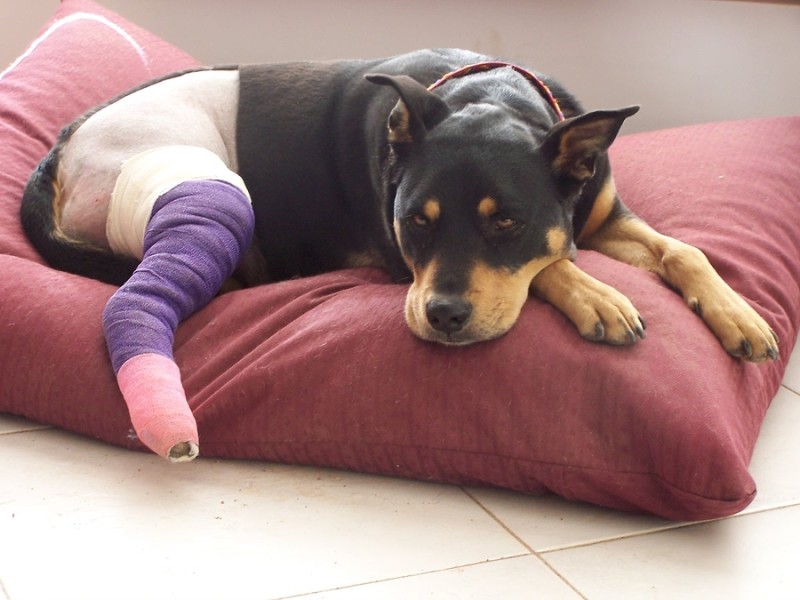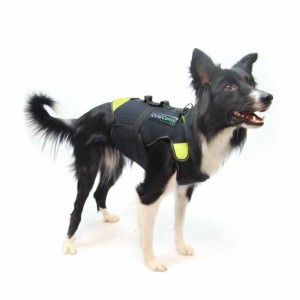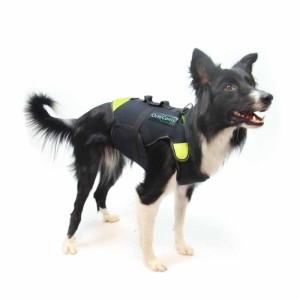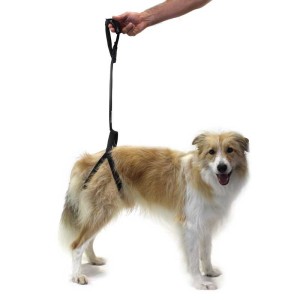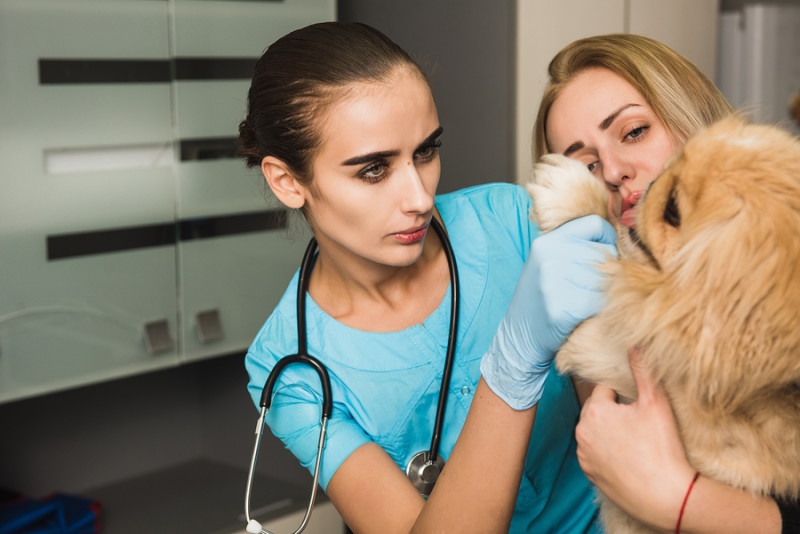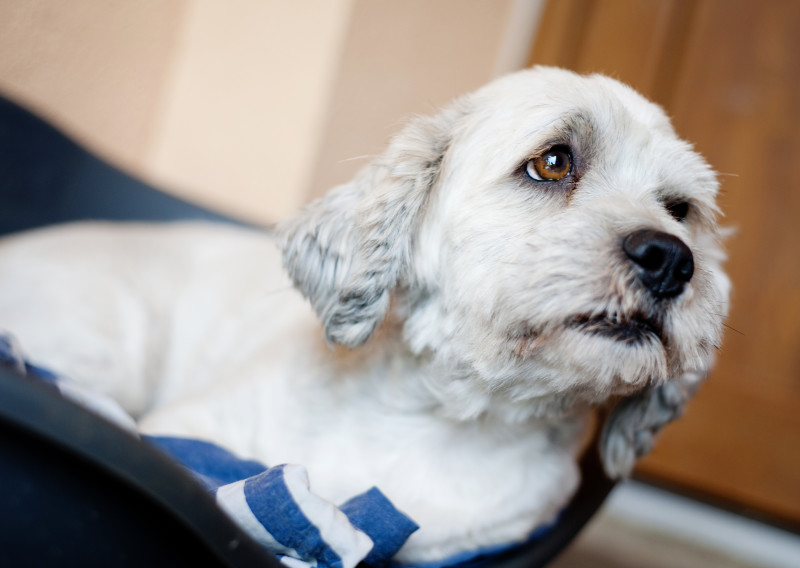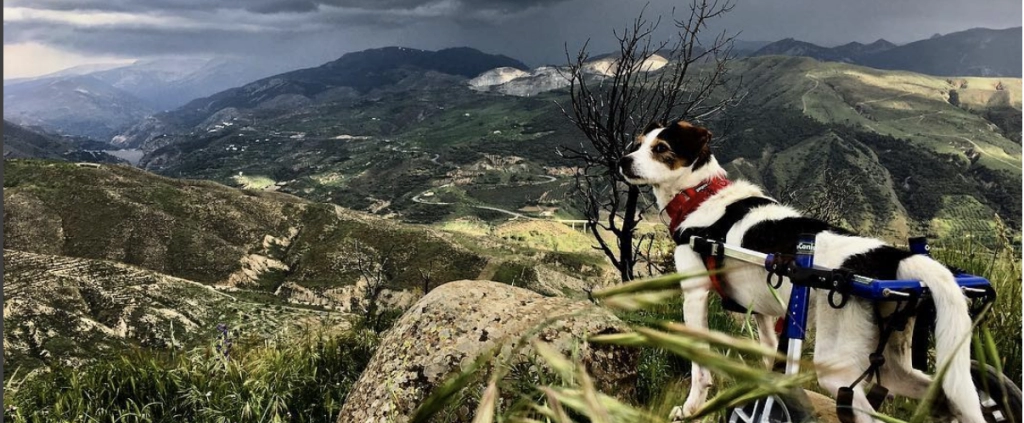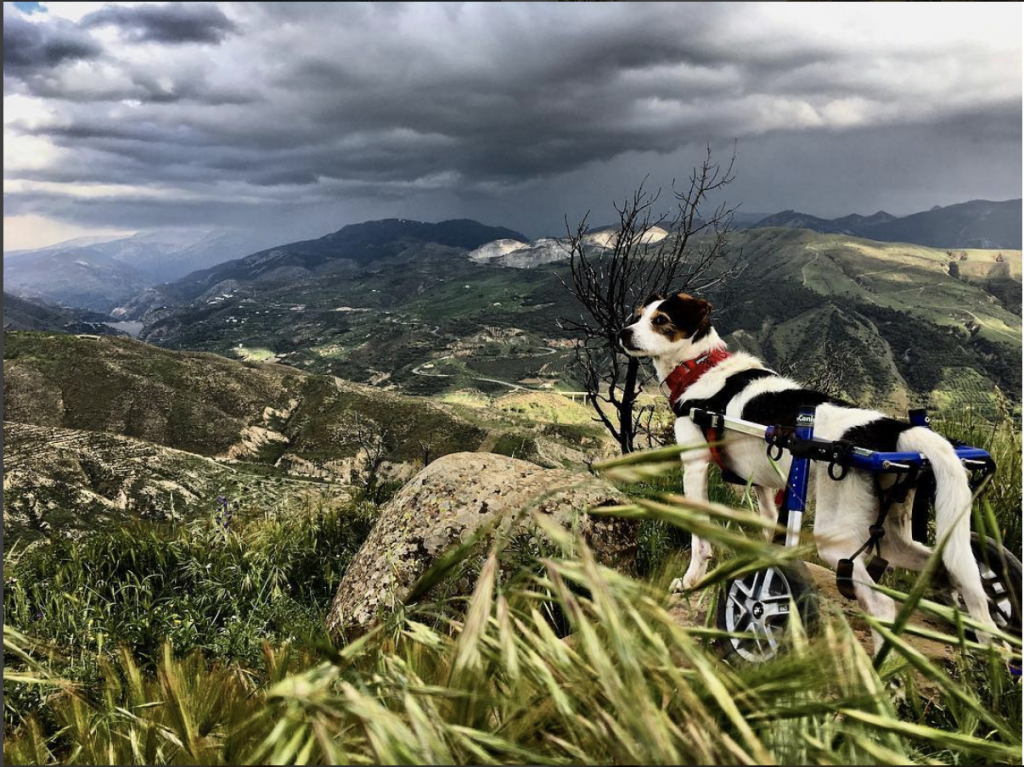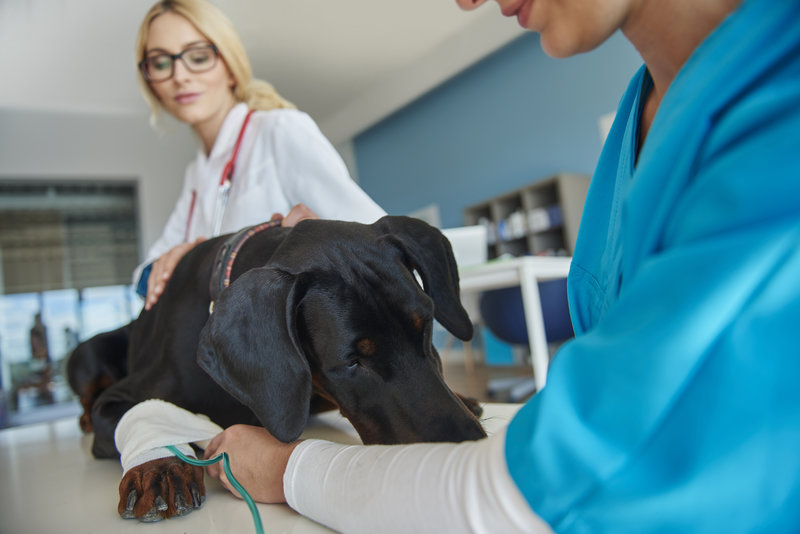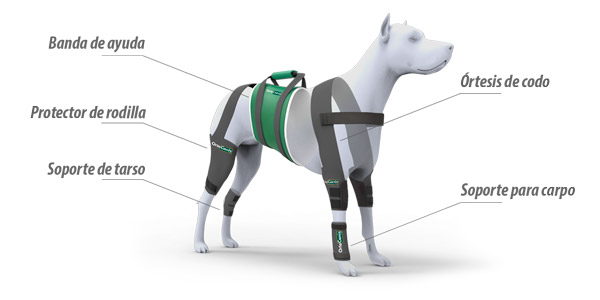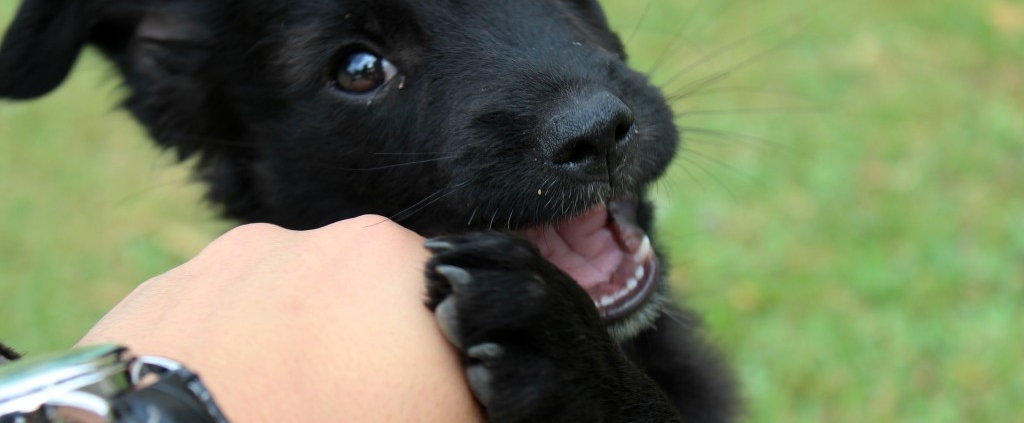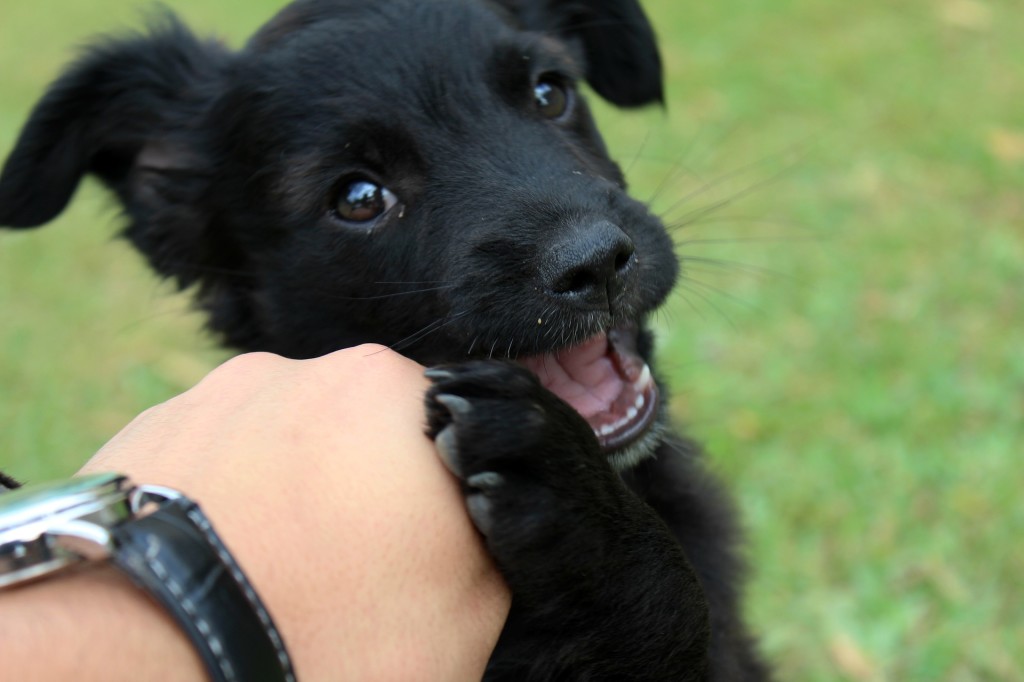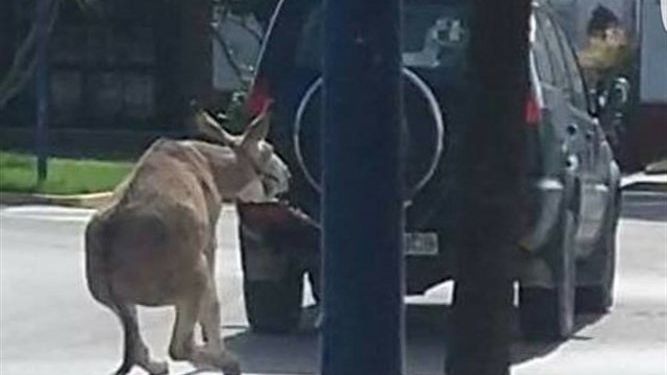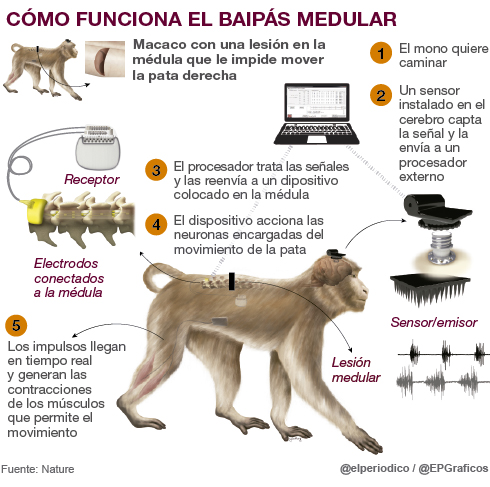Nowadays, most sea lovers have dogs and many times we do not know what to do with them during our visits to the beach. Our four-legged friends are always happy when we get home and are excited to share moments with us so why couldn’t we introduce them to paddle surfing?
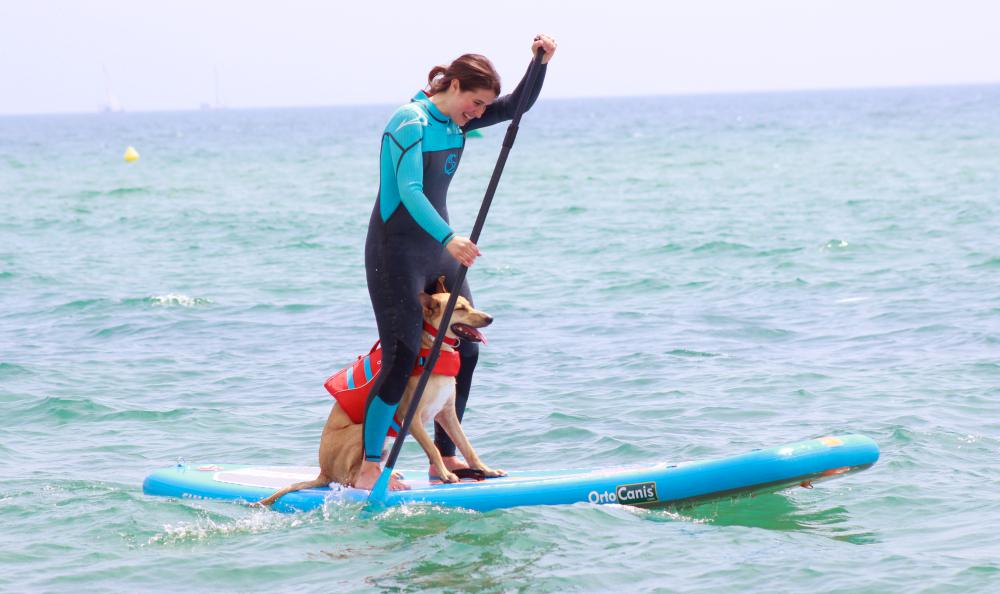
The mere fact of sharing an activity with them not only tires them and motivates them to work but also creates a bond with us in which we can gain a lot of trust with our dog.
Our preparation
Before we begin, we must keep in mind what our objective is. In our case it is to get us to enjoy a walk through calm waters with our dog. This is going to take an effort and not every day we will leave our training as happy.
Some dogs love water and have no fear of the waves, others their total trust with the owner leads them to do unthinkable things like jump off a wall and wait for the owner to catch them when they fall. Now, we will put ourselves in the most critical situation, train a dog that does not like to swim and even less face unpredictable situations, as is the case with Nik.
So starting from the previous premises we must keep in mind that for our dog this activity must be fun and therefore can never lead to a punishment, there must always be a prize. This will motivate them and strengthen the desire to be able to share a good paddle surf ride with their owner.
It is important to start working on two aspects: the first is the motivation to interact with water, we must get familiar with this medium, for example, in lakes or rivers where there are no waves. There we can run next to him along the shore or throw a doll at him to go find him. And the second, start working with the paddle board on the ground.
Starting on land
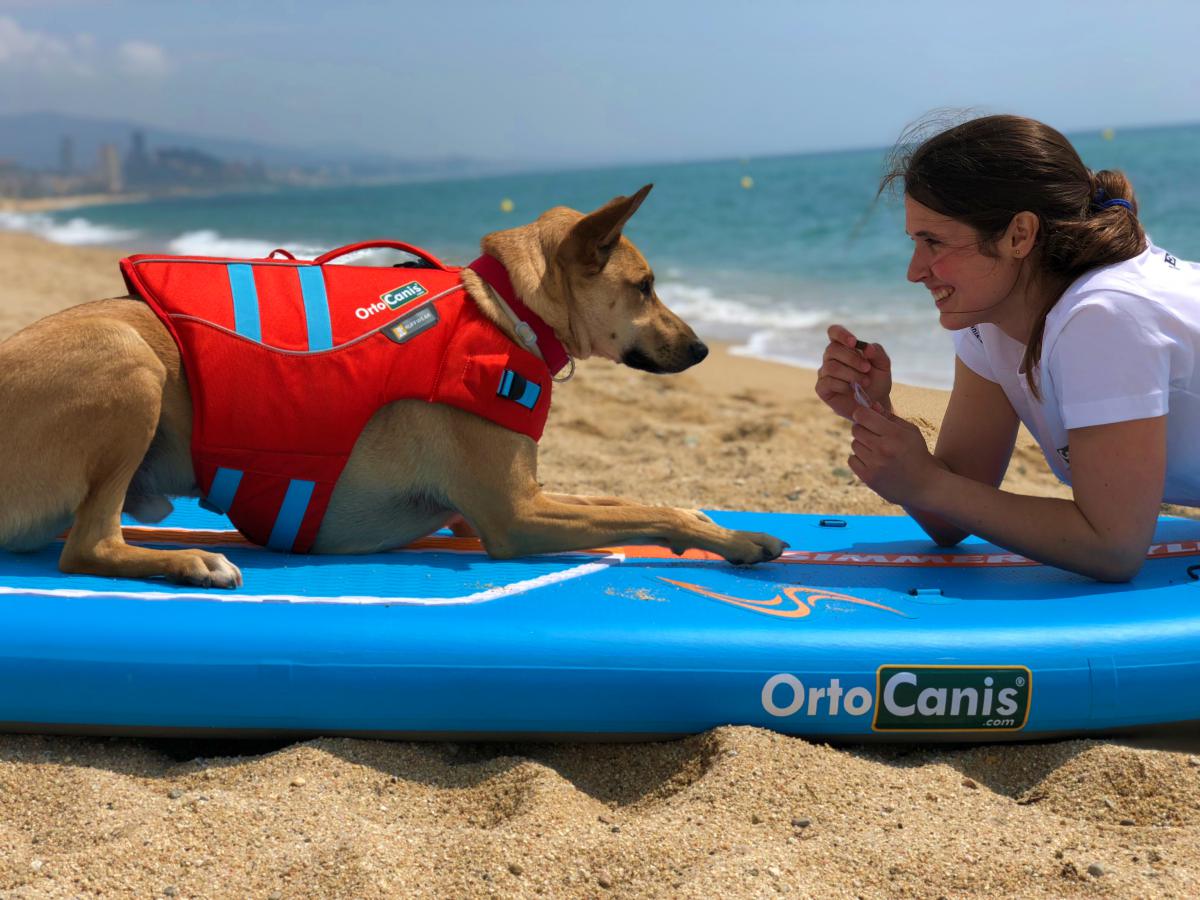 The idea of starting working with the board on the ground is so that our dog gradually feels safe in it and gains confidence, in such a way that we will use positive reinforcement. The more positive experiences our dog has with the board on land, the safer he will feel when this activity becomes a greater challenge for him.
The idea of starting working with the board on the ground is so that our dog gradually feels safe in it and gains confidence, in such a way that we will use positive reinforcement. The more positive experiences our dog has with the board on land, the safer he will feel when this activity becomes a greater challenge for him.
First we can leave the board on the ground and let the dog experiment and explore. After a while, we can put some candy or toy on top to motivate you to get even closer and go up. Just at the moment he climbs above the table we must reward him in such a way that he will understand that we are happy and he gets a prize when he performs this action.
When we observe that our dog already climbs confidently we can introduce certain orders, either to indicate that he goes up or down as well as to sit or lie on top of the board, since this is what we will need once we are in the water. Little by little we must begin to get behind him while he is sitting or lying down and we can demand that he be for a longer period of time in that position.
Our last step before going to the water is to familiarize you with a dog lifeguard armour out of the water. The dog must associate that the board and the armilla go together so we will continue working the previous orders with the armilla on.
At this point many of you will wonder why use a armilla for the dog. First of all, we must keep in mind that if we want to go out into the water we can fall and we must be able to ensure the life of our friend, in such a way that it will help us whether it is hit or if we want to climb it back on the board. Many of the armillas they sell have a handle to be able to take the dog, so we can climb it easily.
Let’s go to the water
First of all it is important that we master paddle surfing before riding our dog. When we have this consolidated, it is time to look for a lake or a river with calm water to take you in your first days.
Before getting directly in the water it is important that we work a little on the routine created on the ground so that the dog gets used to the change and the new environment. Later we can make our first steps in the water:
Step 1: Get the dog to climb on top: For this we will place the board well taken near the shore and we will keep it as still as possible, we will give the order to climb on top of it and we will reward at the time of riding since it will swing. We will continue to reward as the dog is on top of the board (it does not need to be with all four legs) and little by little we will ask him to be all on the board. If you are calm we can move the board slowly. Finally, we will give the order to come down from it and at that time we will reward you with great enthusiasm since you have achieved a great achievement.
Step 2: Get the two of us on top of the table: To get it we will sit in the center of the table, we will give the order to go up and then the order to sit down. Later we can paddle as if we were taking a kayak or if we are two people, one can climb in the back and walk while we continue working on the safety of the dog.
If we both feel safe, with very soft and slow movements we can get on our knees and continue to surround our dog that is sitting. Our last step will be to stand on top of the board with the dog sitting between our legs. If we are alone we must continue very gently but if we have help we can get up and invite the dog to climb while our partner holds the board.
At all times, patience and calm. Our dog will indicate when he is ready for the next step and in this way we can face challenges with him. If we enjoy and they enjoy each time we can introduce you to new environments and little by little we will share more activities at sea with our friends, such as surfing a wave.


